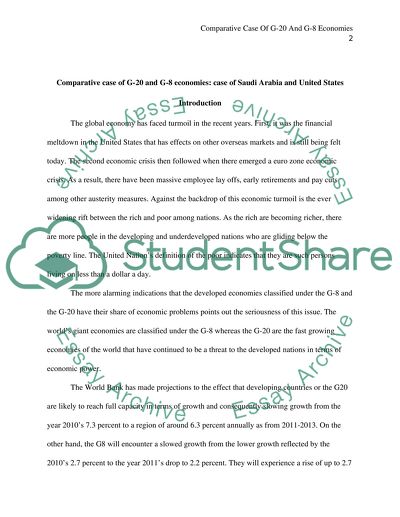Cite this document
(The Comparison of Developed Countries and Their Economics Case Study, n.d.)
The Comparison of Developed Countries and Their Economics Case Study. Retrieved from https://studentshare.org/macro-microeconomics/1609366-the-comparative-case-study-of-developed-g-8-g-20-countries
The Comparison of Developed Countries and Their Economics Case Study. Retrieved from https://studentshare.org/macro-microeconomics/1609366-the-comparative-case-study-of-developed-g-8-g-20-countries
(The Comparison of Developed Countries and Their Economics Case Study)
The Comparison of Developed Countries and Their Economics Case Study. https://studentshare.org/macro-microeconomics/1609366-the-comparative-case-study-of-developed-g-8-g-20-countries.
The Comparison of Developed Countries and Their Economics Case Study. https://studentshare.org/macro-microeconomics/1609366-the-comparative-case-study-of-developed-g-8-g-20-countries.
“The Comparison of Developed Countries and Their Economics Case Study”. https://studentshare.org/macro-microeconomics/1609366-the-comparative-case-study-of-developed-g-8-g-20-countries.


